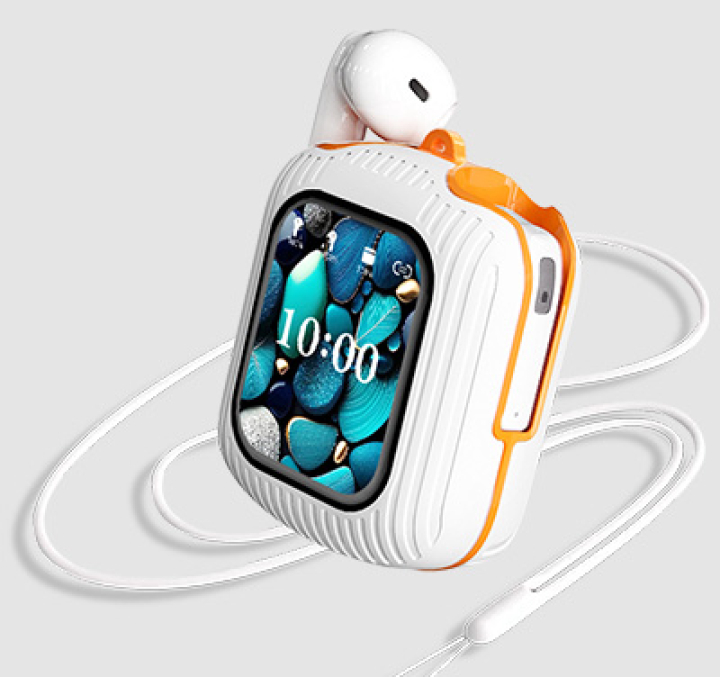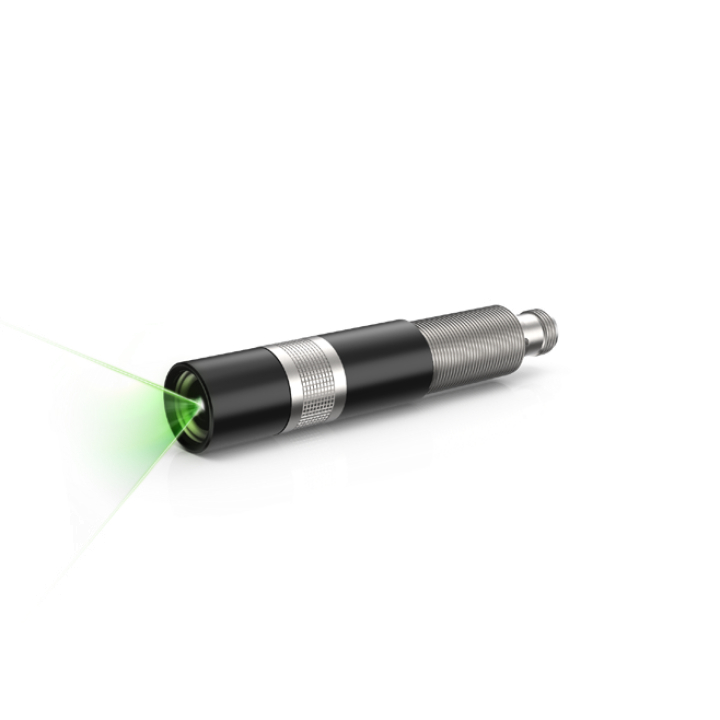
Super User
Bowers & Wilkins (B&W),Bang&Olufsen (B&O),Bose,Klipsch 20% discount Coupon
Sunday, 13 October 202420% discount Coupon Code:rafavi20
Shop Link
Customizable photo screensaver, support connected mobile phone pictures.
Support short video social APP control: page scroll, volume adjusting, like,
Connect phone and compartment at the same time.Easy switch local and phone musics.
Buy Now
Here to help you succeed
Wherever you are in the world, there's a rafavi expert near you who can provide help. From site setup and hosting, to customisations and training, unlock unparalleled expertise and dedicated support 24/7 through our global network of Rafavi Certified Partners and Service Providers.
Join Now
Here to help you succeed
Wherever you are in the world, there's a rafavi expert near you who can provide help. From site setup and hosting, to customisations and training, unlock unparalleled expertise and dedicated support 24/7 through our global network of Rafavi Certified Partners and Service Providers.
Join Now
The compact, sensor-like design enables easy integration into existing machines or systems. Easy-to-operate focussing optics complete the product. It’s the perfect allrounder!
Easy Installation,Output Power up to 120 mW,Shock Resistant,IP67,Different Wavelengths available
The compact, sensor-like design enables easy integration into existing machines or systems. Easy-to-operate focussing optics complete the product. It’s the perfect allrounder!
Easy Installation,Output Power up to 120 mW,Shock Resistant,IP67,Different Wavelengths available
2024 qualcomm quectel edge intelligent technology evolution forum
Saturday, 10 August 2024As a bridge between the real world and the digital world, edge intelligence is leading the development of a new direction in the field of industrial automation. Especially with the combination of large model technology and edge equipment and other terminals, the industrial field presents new characteristics such as high efficiency, low power consumption, low cost and low delay. In addition, in many industries such as smart grid, smart cockpit, smart security, new energy, smart finance, and robotics, edge intelligent computing technology has shown broad market prospects and strong competitiveness.





